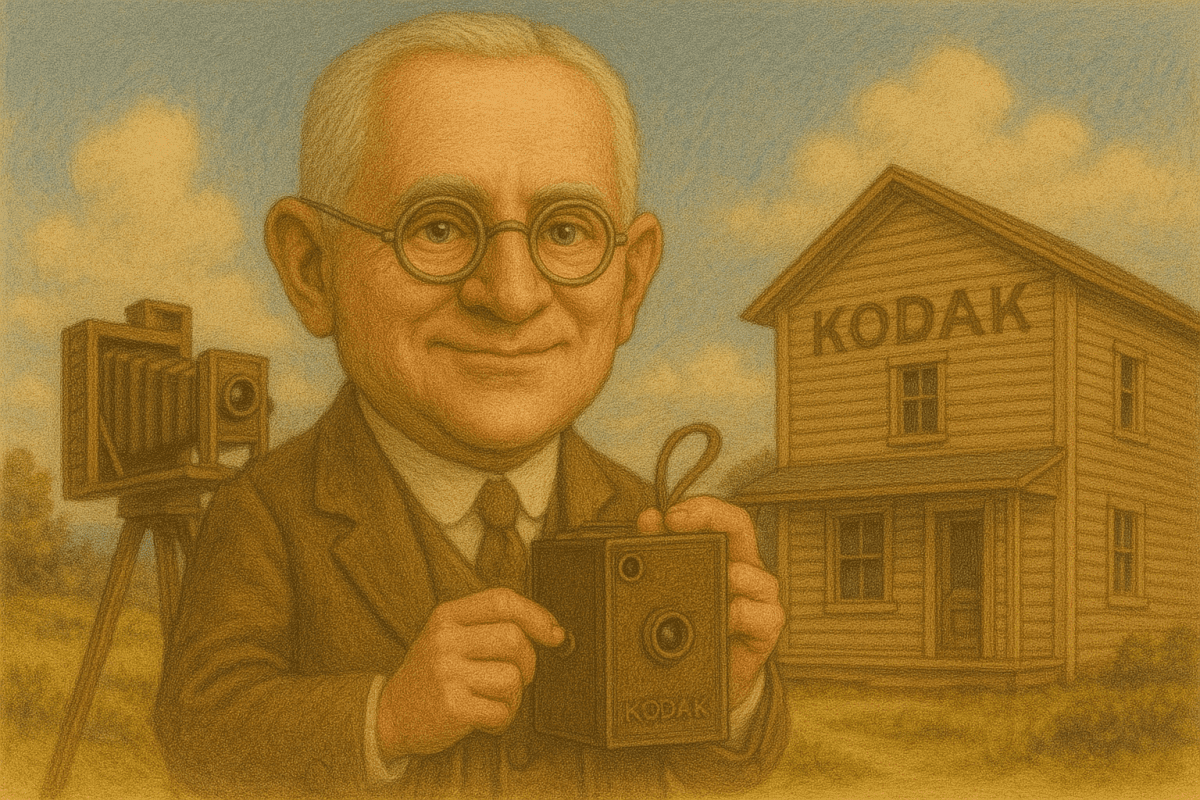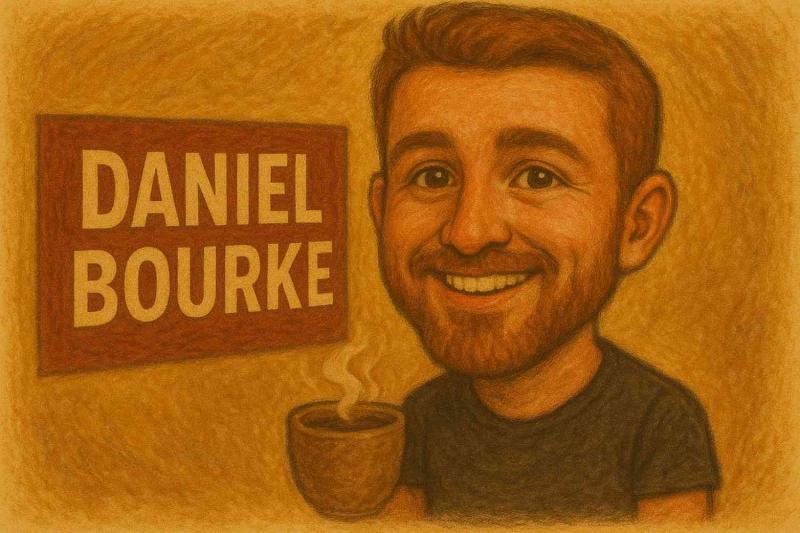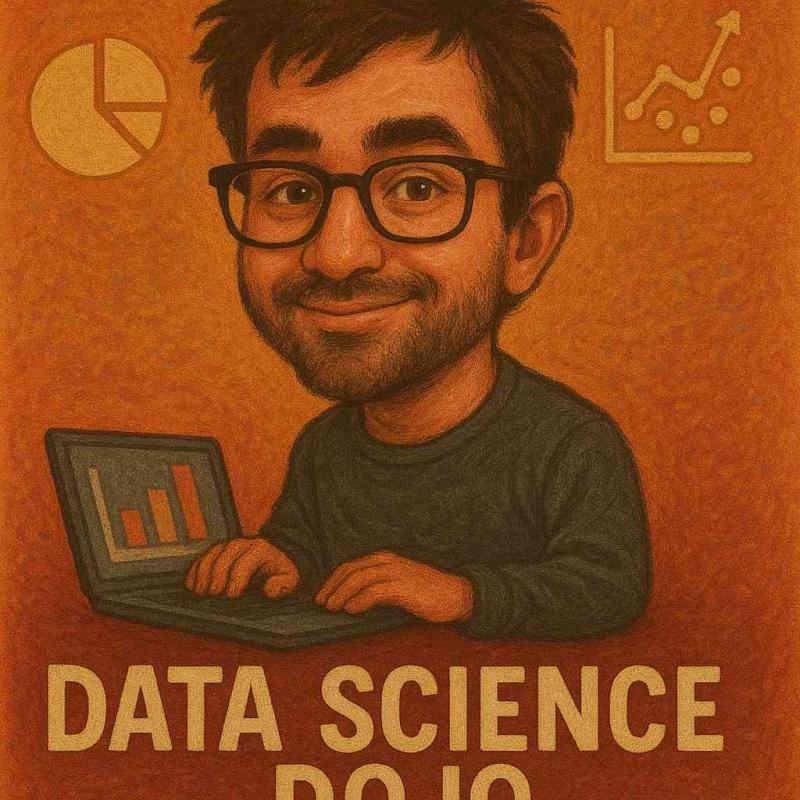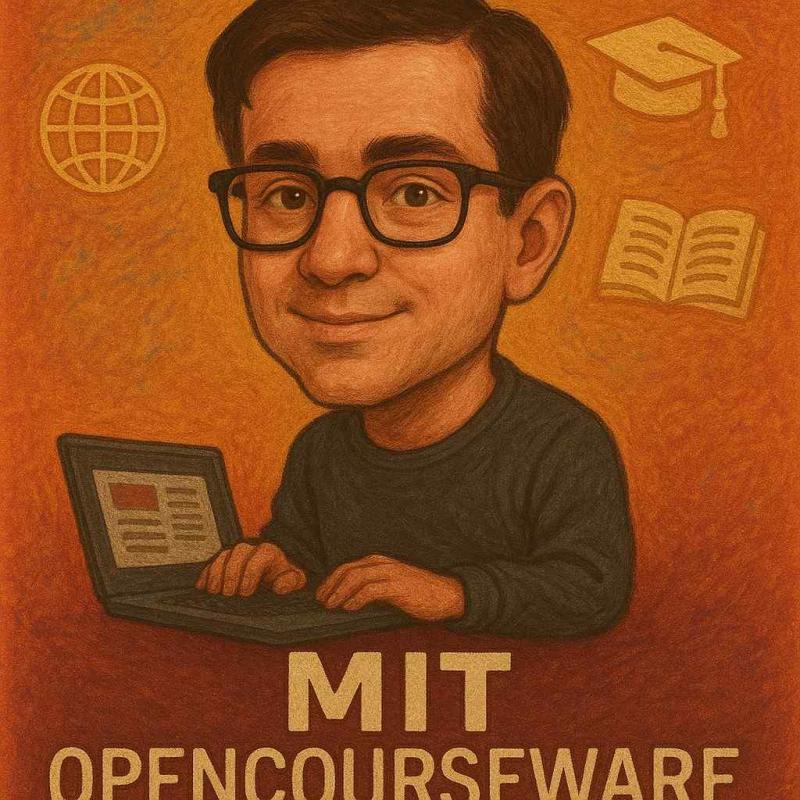George Eastman: The Man Who Put Cameras in Everyone's Hands
Ever wondered who made it possible for you to snap those embarrassing family photos that your mom still brings out at every gathering? Let me introduce you to George Eastman, the guy who basically invented modern photography as we know it. He's the reason you can take 57 nearly identical selfies before finding "the one" worth posting.
Who Was This Photography Pioneer?
George Eastman was born in 1854 in Waterville, New York – long before Instagram filters could make everyone look like they had perfect skin. He wasn't born with a silver camera in his hand, though. His family actually faced financial struggles after his father's death when George was just a teenager. This forced him to drop out of school at 14 and start working to support his mother and sisters.
Talk about pressure, right? While most of us were worrying about homework at that age, Eastman was out there becoming the man of the house.
His journey into photography began when he was 24 and planning a trip to Santo Domingo. A colleague suggested he document the adventure with photographs. But here's the kicker – photography equipment back then was RIDICULOUS:
- Bulky cameras the size of microwave ovens
- Heavy glass plates that needed coating with chemicals
- A dark tent for processing on-site
- Bottles of various solutions and chemicals
- And enough gear that you basically needed to hire a sherpa to carry it all
After seeing all this, Eastman said (and I'm paraphrasing here), "Yeah... this is bonkers. There's got to be a better way."
The Kodak Revolution
Eastman, being the persistent problem-solver he was, started experimenting in his mother's kitchen. I can just imagine her face: "George, are you making photographs or blowing up my kitchen?" Both, probably.
His breakthrough came when he figured out how to replace those fragile glass plates with something revolutionary – film. Yep, that flexible, roll-up stuff that dominated photography for over a century before digital came along.
In 1880, he started commercial production of dry plates. By 1888, he'd established the Eastman Kodak Company and introduced the world to the first Kodak camera. And let me tell you, this was HUGE.
The original Kodak camera came pre-loaded with enough film for 100 pictures. Once you'd snapped all your photos (probably 50% of them with someone's thumb over the lens, just like today), you'd send the entire camera back to the factory. There, they'd develop the film, print your photos, reload the camera with fresh film, and send everything back to you.
This is where his marketing genius shone through with perhaps the most brilliant slogan in advertising history: "You press the button, we do the rest."
Simple? Yes. Effective? Absolutely. This six-word promise transformed photography from a specialized technical craft into something anyone could do.
Making Photography Accessible to Everyone
Before Eastman came along, photography was exclusively for professionals or wealthy hobbyists with too much time on their hands. Kind of like how owning a yacht is today – technically possible but realistically out of reach for most of us.
The original Kodak camera cost $25 in 1888 (about $700 in today's money). Not exactly cheap, but WAY more affordable than the professional setups that would set you back thousands. It was the iPhone moment of its day – suddenly, a sophisticated technology became available to the average person.
By 1900, Eastman introduced the Brownie camera, priced at just $1 (around $30 today). Named after cartoon characters created by a popular illustrator, the Brownie was specifically marketed to children. Imagine that – a camera designed for kids! It's like giving a toddler an iPad, except it was actually revolutionary for its time.
This democratization of photography changed society forever. Suddenly:
- Families could document their own lives without hiring professionals
- Ordinary events could be preserved, not just special occasions
- Visual communication became accessible to virtually everyone
- People developed a new way of seeing and remembering their world
Beyond the Camera: Eastman the Man
What's really interesting about Eastman is that he wasn't just a tech innovator – he was also ahead of his time as a business leader. While today's companies brag about their employee perks like free coffee and ping pong tables, Eastman was pioneering actual meaningful benefits:
- In 1919, he gave one-third of his own company shares to his employees
- He established one of the first profit-sharing programs for workers
- Kodak offered health benefits, disability funds, and retirement plans long before they were common
Eastman remained a bachelor his entire life (married to his work, perhaps?), but he didn't hoard his wealth. He gave away the equivalent of over $500 million in today's dollars to various universities, hospitals, dental clinics, and music schools. The University of Rochester and MIT were among his biggest beneficiaries.
Despite his success, Eastman suffered from a degenerative spinal disorder in his later years. The condition caused him intense pain and limited his mobility – particularly difficult for someone who had once enjoyed active pursuits and travel. In 1932, at age 77, he took his own life, leaving behind a note that simply read, "To my friends: My work is done. Why wait?"
Eastman's Legacy Today
It's hard to overstate how much George Eastman changed our world. Think about it – without his innovations, we might not have:
- Family photo albums documenting generations
- The rise of photojournalism that shaped how we understand historical events
- The entire concept of "snapshot" photography
- The foundation for motion pictures (Eastman's film was essential for early movies)
In a bittersweet twist of fate, Kodak didn't survive the digital revolution it helped pioneer. (Yes, Kodak actually invented the first digital camera in 1975 but failed to embrace the technology for fear of hurting their film business. Talk about a facepalm moment!)
Kodak filed for bankruptcy in 2012, though the brand still exists in a much-reduced form. But even as the company struggled, Eastman's legacy of innovation continued to influence modern photography.
Every time you point your smartphone and tap to capture a moment, you're participating in the democratized photography movement that Eastman started. From Instagram filters to TikTok videos, we're all beneficiaries of his vision that photography should be simple and accessible to everyone.
So next time you're snapping pics, throw a mental thank-you to George. Because without him, capturing those embarrassing family moments – and pretty much every other photo opportunity in your life – would be a whole lot harder. And a whole lot less fun.



